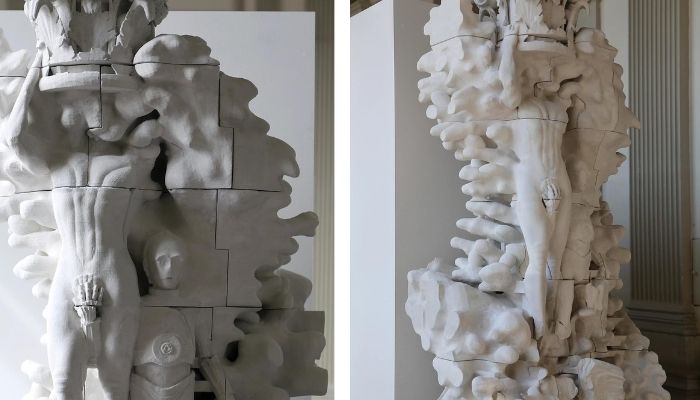Introduction:
Artists have always pushed the boundaries of what is possible, seeking new and innovative ways to create works that inspire and challenge. With the advent of 3D printing, artists and designers now have access to a powerful tool that allows them to create forms that were once impossible to make by hand. 3D printing has revolutionized the way we approach art and sculpture, giving artists new avenues to explore and new possibilities to consider.
In this post, we will examine how 3D printing is being used in art and sculpture, the benefits and limitations of this technology, and the impact it is having on the industry. We will explore examples of artists who are using 3D printing to create stunning and innovative works, and discuss the ways in which 3D printing is changing the way we think about art and sculpture.
The Advantages of 3D Printing in Art and Sculpture:
One of the main advantages of 3D printing in art and sculpture is the ability to create complex and intricate forms that would be impossible to make by hand. With 3D printing, artists can create forms that are highly detailed and precise, with a level of accuracy that is unmatched by traditional sculpting techniques. This allows artists to explore new forms and shapes that were previously impossible to create.
Another advantage of 3D printing in art and sculpture is the ability to create multiple copies of a single design. This is particularly useful in the case of sculptures or art installations that require multiple copies of the same piece. With 3D printing, artists can create identical copies of a design with a high level of precision, making it easier to create installations that require multiple copies of a piece.
3D printing also allows artists to experiment with different materials and textures. With the wide range of materials available for 3D printing, artists can explore new textures and finishes that were previously impossible to achieve. This allows artists to push the boundaries of what is possible in terms of materiality and texture, creating works that are visually striking and innovative.
Examples of 3D Printed Art and Sculpture:
There are many artists and designers who are using 3D printing to create stunning works of art and sculpture. Here are just a few examples:
Bathsheba Grossman is an artist and sculptor who uses 3D printing to create complex and intricate sculptures. Her works explore mathematical forms and shapes, and are created using 3D printing technology.
Neri Oxman is a designer and architect who uses 3D printing to create stunning installations and sculptures that explore the relationship between nature and technology. Her works often incorporate natural forms and textures, creating a dialogue between the natural and the artificial.
Joshua Harker is an artist who uses 3D printing to create intricate and highly detailed sculptures. His works often incorporate elements of Gothic and Baroque art, creating works that are both contemporary and timeless.
Limitations of 3D Printing in Art and Sculpture:
While there are many advantages to using 3D printing in art and sculpture, there are also some limitations to consider.Another artist, Joshua Harker, uses 3D printing technology to create intricate and delicate sculptures that are almost impossible to produce with traditional methods. His work has been exhibited in galleries and museums around the world, and he has gained a reputation as one of the pioneers of 3D printed art.
In addition to creating unique pieces of art, 3D printing is also being used to replicate existing sculptures and artifacts. This technology has been particularly useful in the preservation of cultural heritage sites and objects. For example, the Smithsonian Institution’s Digitization Program Office has been using 3D scanning and printing to create replicas of ancient artifacts that can be used for educational purposes.
Overall, 3D printing has revolutionized the world of art and sculpture, offering artists new possibilities for creativity and expression. With the continued development of the technology, we can expect to see even more exciting and innovative uses of 3D printing in the art world in the future.




